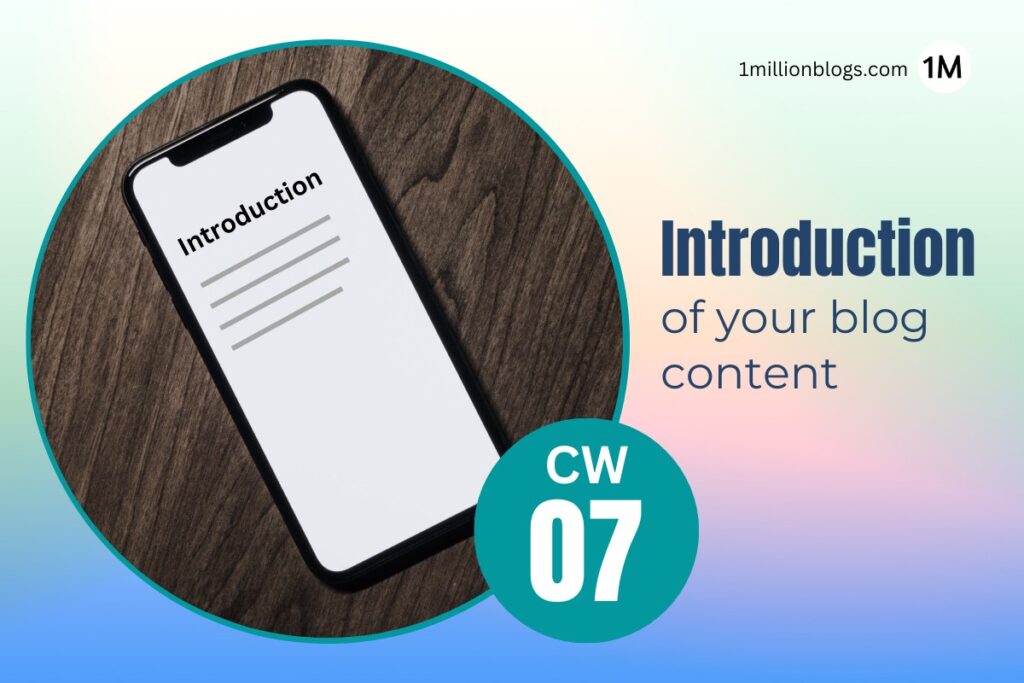Having a skill is not enough. You need to find ways to turn your skills into money. In short, you need to sell your skills.
So far, in this content writing course, we have covered everything starting from the topic research, outline making, SEO, visuals and images, introduction writing, writing the first draft and second draft, proofreading, and practicing. I hope all the concepts are well settled in your mind.
If all this is done correctly, you have a good writing skill by now.
So it’s time to sell your skills.
In this article, we will learn how to find clients for writing projects. As of now, we are targeting freelance content writers, but with these writing skills, you can apply for content writing jobs as a full-time employee.
So, what are we waiting for? Let’s get started.
Portfolio Building
To get a project, you need a portfolio, and to build a portfolio, you need some projects to work on. That’s a loop for a beginner! First, you have to get out of this!
Remember! Your skills speak louder than your portfolio. But your portfolio can be a way to prove your skills.
In short, a portfolio is very useful (or a must) for beginners. No one goes for a job interview without a resume until they are truly exceptional. Further, your portfolio saves time, pitching becomes much easier, and you can pass on a clear message about your niche, budget, and abilities to your potential clients.
So, how do you build a content writing portfolio that leads can’t ignore?
- As you have already picked your niche in CW00, your portfolio and potential clients will revolve around that niche.
- Guest post on some of the good websites in your niche (visit the website and check for the “Write for Us” page, and submit your guest post). The link to the published post with your authorship can be presented to your potential client as your work.
- Become your own initial client. Start your own blog, publish your writing, promote it and get readers, and monetize it using affiliate programs or Google AdSense.
- Or, offer a FREE sample work. This works well for beginners.
Knock knock
Having a portfolio doesn’t guarantee you work! You have to learn to generate leads and convert them into clients. In short, you have to find a freelance work.
Be discoverable. Your clients are on social media like Facebook, LinkedIn, Instagram, etc. Keep promoting your services on these platforms by presenting your authority and skills through your social media posts. Optimize your profile details in a way that clearly states your availability for projects. LinkedIn is recommended for beginners. It has features like recommendation, endorsement, featured post, and article writing to present enough detail to the potential clients.
Should you try bidding sites like Upwork and Freelance?
A lot of beginners have expressed their inability to extract good results from these bidding sites. However, what may work for you may not work for others. Upwork, Fiverr, and other such sites have heavy competition, which may feel overwhelming. My recommendation would be to try these sites when you have some confidence and experience.
Fix your rates based on market demand, your skills, and client requirements. Start low and slowly increase your pay-per-word (PPW) rates. And, if you don’t have work, it doesn’t mean you should accept any work! Be specific about your niche and your rates.
At last, retaining existing clients is a much better strategy than regularly hunting for new ones. So, deliver quality work on time and build a positive bond with your clients. Let’s learn more about how to open and close a deal in the next section.
Opening & closing a deal
Your client wants to see results. If you cannot close a deal with some sort of result, be cautious about opening such deals. As a beginner, there could be chances when your clients won’t repeat work. Don’t be demotivated.
Communicate well! Keep your client updated on the work’s progress. Be professional with the discussion and meetings.
Meeting the deadline is the strongest fear for freelancers. So, instead of procrastinating, take actions since the start of the project, and stay consistent. Demand an advance payment if you notice anything suspicious. Be flexible with authentic clients.
At the end, don’t hesitate to take feedback, and testimonials for your portfolio building.
Conclusion
As a freelance content writer, you need just 4-5 long term client for a good monthly revenue. More than this might make you hectic, affecting the quality of your work.
Networking with new, like-minded people is another worthwhile practice you can cultivate in your freelance writing career.
In the next blog post, we might see a case study of a content writer.






